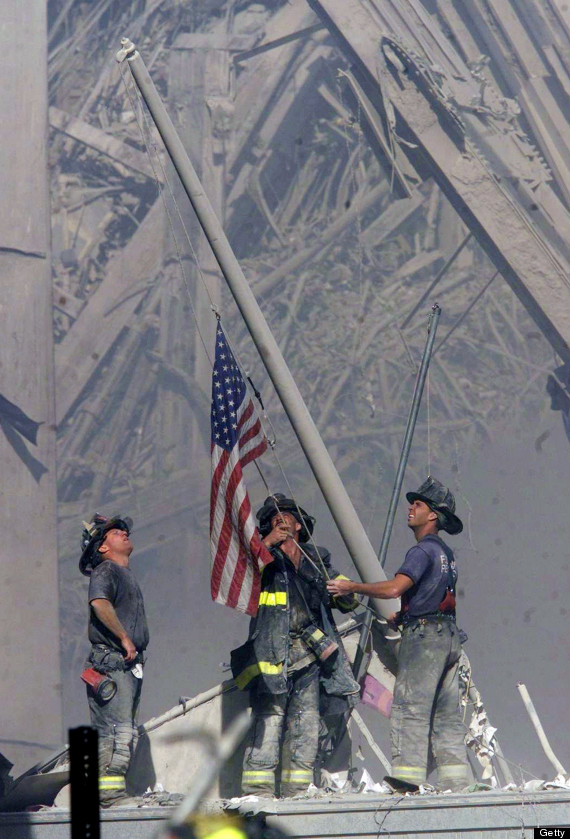With your two Boot Camp topics, you have completed Step 7 of Writing (Writing rough draft integrating source material) and Step 8 of Writing (Writing rough draft integrating transitions). You will switch the two bodies of writing with a partner. They will be proofing each body thoroughly.
Coding System:
1.
Underline the thesis/claim
2. Count the three major supporting points 1, 2, 3
3. Mark I for the introduction (contextualizing, attributing to author) on quotes
4. Mark C for proper citation of the quote (parentheses... author last name if not mentioned before... page number... period AFTER the parentheses)
5. Mark E for proper and effective WARRANTS.
5. Mark A, B for each example given under their main supporting points. Do this for each supporting point.
6. Mark I, II, III, IV for the TYPES of quote embedding.
I: Colon (Intro complete sentence : Quote)
II: Tag line (active verb.. not said... proper punctuation)
III: Source in the middle of the quote (with proper punctuation)
IV: Grammatically integrated into own sentence (sentence has subject/verb... no run on)
7. Circle each transition or transition phrase.
2. When you are done, return the writing. You will visually see what you have.. and don't have. Please read through your writing, when you are done, at the bottom of each section, please write a concluding sentence. This sentence needs to SYNTHESIZE your argument. This means that you emphasize the significance of the argument, or you reiterate what the reader should understand about you argument that you present.
3. We will now go over Step 9 of Writing- Effective Paragraphing and Counterclaims
Step 9 of Writing- Paragraphing and Counterclaims
Where to Put a Counterargument
Counterargument can appear anywhere in the essay, but it most commonly appears:
- as part of your introduction—before you propose your thesis—where the existence of a different view is the motive for your essay, the reason it needs writing;
- as a section or paragraph just after your introduction, in which you lay out the expected reaction or standard position before turning away to develop your own;
- as a quick move within a paragraph, where you imagine a counterargument not to your main idea but to the sub-idea that the paragraph is arguing or is about to argue;
- as a section or paragraph just before the conclusion of your essay, in which you imagine what someone might object to what you have argued.
But watch that you don't overdo it. A turn into counterargument here and there will sharpen and energize your essay, but too many such turns will have the reverse effect by obscuring your main idea or suggesting that you're ambivalent.
Copyright 1999, Gordon Harvey (adapted from The Academic Essay: A Brief Anatomy), for the Writing Center at Harvard University
How do I know when to start a new paragraph?
You should start a new paragraph when:
- When you begin a new idea or point. New ideas should always start in new paragraphs. If you have an extended idea that spans multiple paragraphs, each new point within that idea should have its own paragraph.
- To contrast information or ideas. Separate paragraphs can serve to contrast sides in a debate, different points in an argument, or any other difference.
- When your readers need a pause. Breaks between paragraphs function as a short "break" for your readers—adding these in will help your writing be more readable. You would create a break if the paragraph becomes too long or the material is complex.
- When you are ending your introduction or starting your conclusion. Your introductory and concluding material should always be in a new paragraph. Many introductions and conclusions have multiple paragraphs depending on their content, length, and the writer's purpose.
Copyright 1999, Gordon Harvey (adapted from The Academic Essay: A Brief Anatomy), for the Writing Center at Harvard University
For Friday: You will need to pick ONE of your final 2 rough drafts to add a counterclaim and demonstrate effective paragraphing. This will be your final draft.
All of your Boot Camp Steps are due on Friday in reverse order of completion (Step 2 on bottom) with final typed copy stapled on TOP of your steps. Make sure that each step is CLEARLY labeled.
















